
In April 1945, LIFE magazine published one of the most memorable cover images of its four-decade run as a major photographic weekly. The picture, made in March 1945 on the island of Iwo Jima by W. Eugene Smith, captures the deliberate violence inherent in all war as graphically as any photo ever published in LIFE. At first glance just another explosion in a war filled with millions of explosions, the picture grows more extraordinary the longer one gazes at it.
For its part, LIFE described Smith’s picture this way:
The scene of demolition on Iwo Jima symbolizes the saga of battle that in years to come will take on the epic quality of Roncevaux, Agincourt and Gettysburg. Blown up into this column of smoke is a blockhouse and some stubborn Japs who would not leave their hiding place, although invited by the Marines to surrender quietly.
Here, LIFE.com presents not only the full, uncropped photograph, but an entire series of other photos — many of which never ran in LIFE — that Smith made on that sterile volcanic outcropping in the South Pacific, where thousands of men were fighting to the death as the long world war was winding to its grisly close.
The cover of that April 19, 1945, issue of LIFE is remarkable on a number of levels. For instance, aside from the LIFE logo and the most rudimentary information—the issue date, the price—there is no language, no text, no cover lines. Ninety-nine percent of the more than 2,000 LIFE covers ever published have at least some words letting the reader know what he or she is looking at, even if it’s something as straightforward as “Basketball,” or “Florida” or “Summer Fashion.” But the Iwo Jima cover has absolutely nothing but Smith’s picture.
No words. No descriptors. Nothing.
It’s almost as if, in April 1945, there was no need to let people know that the photograph was made on Iwo Jima. After all, was there anything else on most Americas’ minds that spring besides the war in the Pacific?
And then, of course, as with all of Smith’s photographs, there’s the sheer technical brilliance of the picture: the grim clarity of the scene, despite the chaotic nature of the explosion that serves as the thematic and visual center of the shot; the four Marines, barely visible at first, crouching behind a rock in the lower right of the frame; the terrible, blasted landscape that might have been the inspiration for stage directions in any number of Beckett’s plays—all of these elements cohere into a masterful, one might even say (through clenched teeth) a beautiful portrait of destruction.
LIFE, meanwhile, described the Battle of Iwo Jima, and the island itself, in words that, at times, sound weirdly reminiscent of Tolkein’s unforgettable depictions of the desolate land of Mordor the Lord of the Rings:
Of all the places where American have fought, none looks so much like a poet’s nightmare of a battlefield as Iwo Jima, the bare, ugly, sulphurous spot of land where 4,700 Marines were killed and missing and another 15,308 were wounded. In only one offensive action, Pickett’s Charge up Cemetery Hill at Gettysburg, has so great a percentage of casualties ever been suffered by American fighting men. On the battlefield of Iwo Jima the Pacific War reached a peak of concentrated ferocity. It was a terrifying distillation of the kind of battle the Marines had learned to fight at Tarawa, Palau and other small but valuable Pacific Islands.
On eight-square-mile Iwo, men rediscovered, as Marine correspondent S/Sgt. David Dempsey wrote, “something that almost been forgotten: there are places where there is no use sending bombs and shells to do a job. Instead, you must send men, alone and willing to die.” The Japs were deadly earnest about keeping Iwo Jima. The Marines took it away from them because the Marines were even more serious about getting Iwo Jima.
For a month Iwo was one of the most densely populated eight square miles in the world, with 10,000 men to the square mile. It then became one of the most densely populated cemeteries in the world, with 20,000 dead Japs and 4,100 dead marines. But Iwo has always seemed a place better suited to death than life. Its southern end is a sulphur-steaming volcano, about as high (546 ft.) as Little Round Top at Gettysburg. This runs into a bottleneck slag heap of fine volcanic dust, which rises toward a plateau about as high as Cemetery Ridge at Gettysburg, where a little kunai grass and a sickly salt bush grow. At the north end it becomes a jungle of tumbled stone wreathed in clouds of sulphur steam.
All this had been spotted by the Japs with invisible thousands of pillboxes, honeycombed caves and tunnels. Brave men had to go in after the Japs, trading lives for pillboxes. More than half the assault troops became casualties.

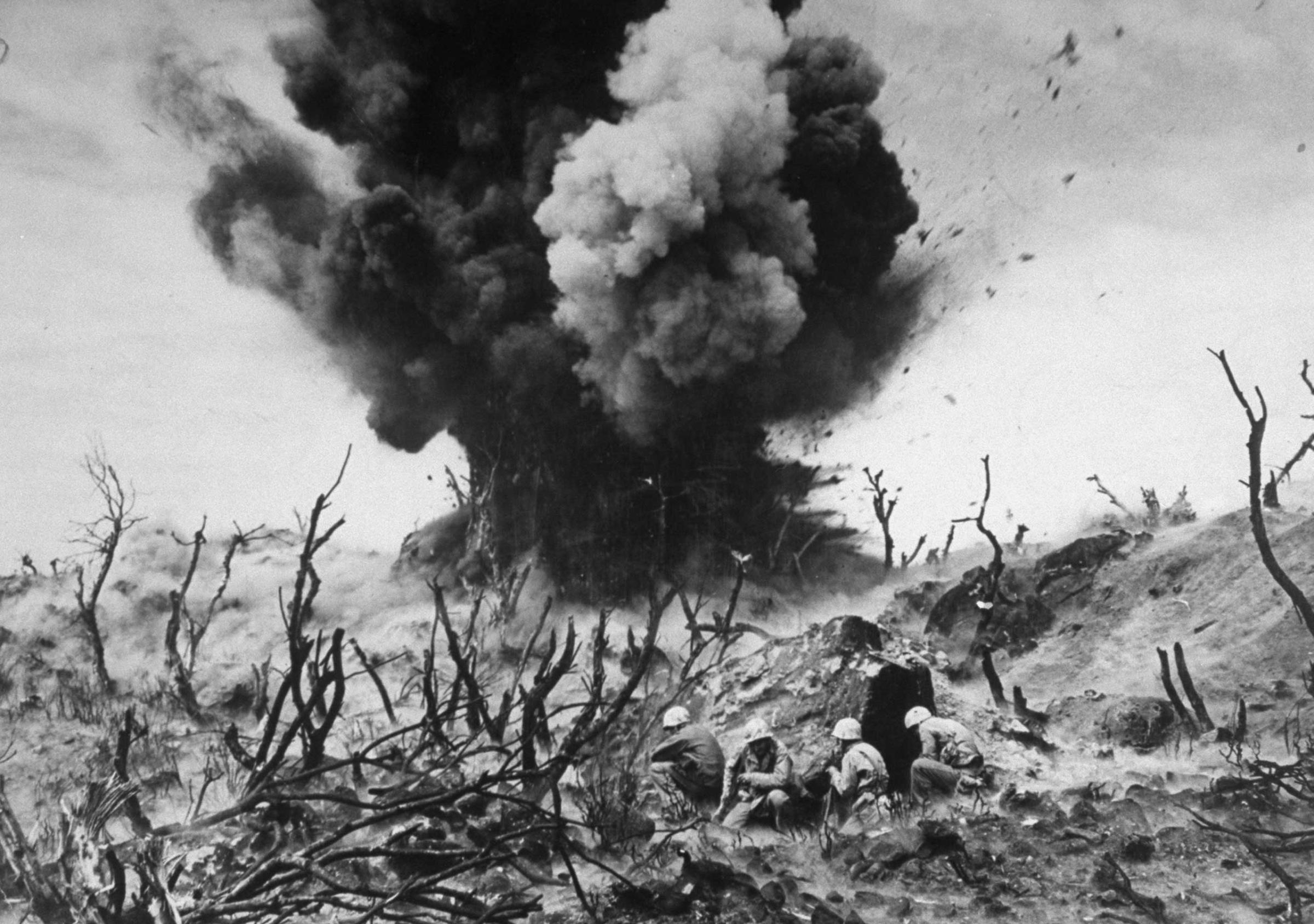

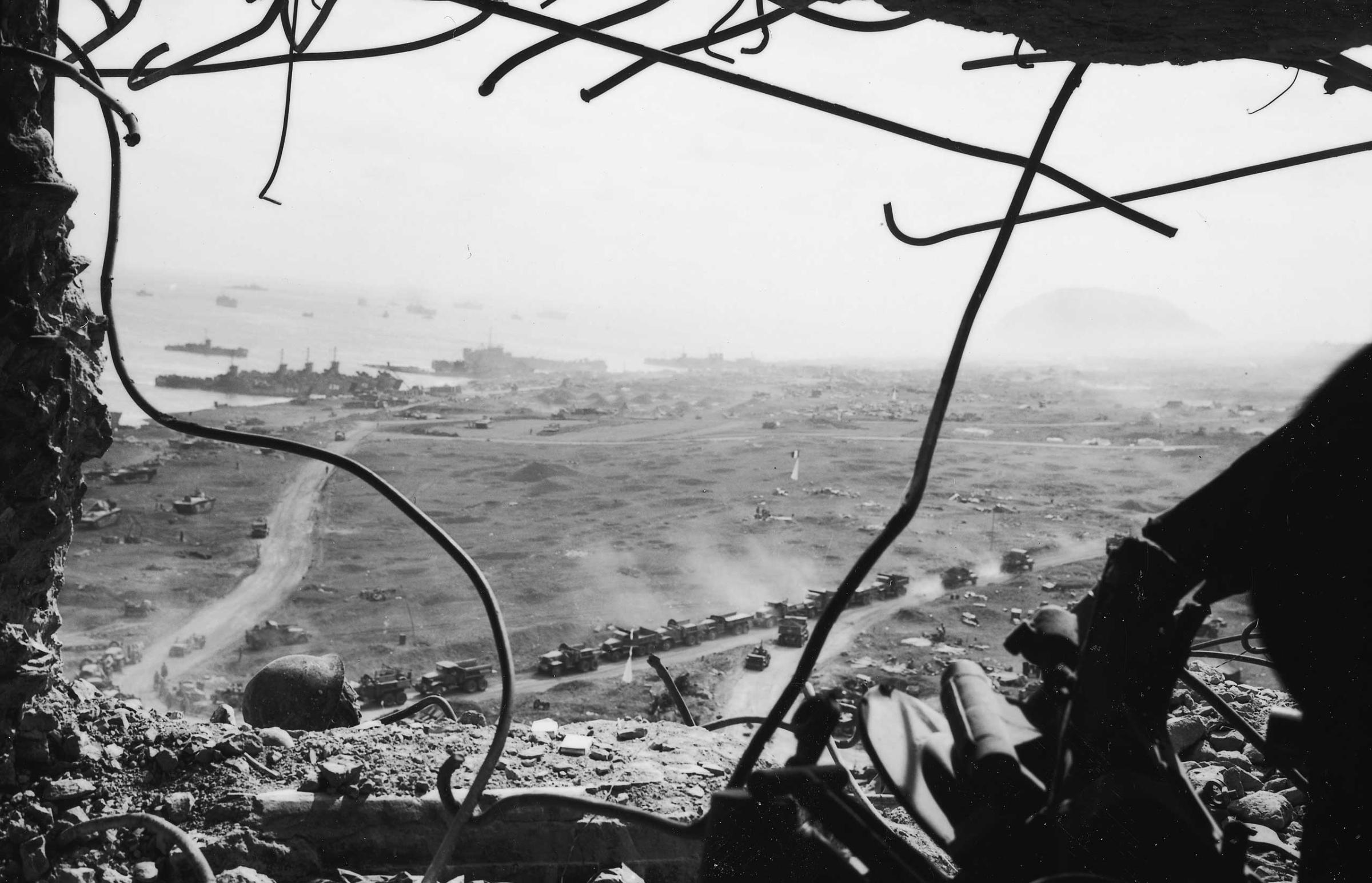
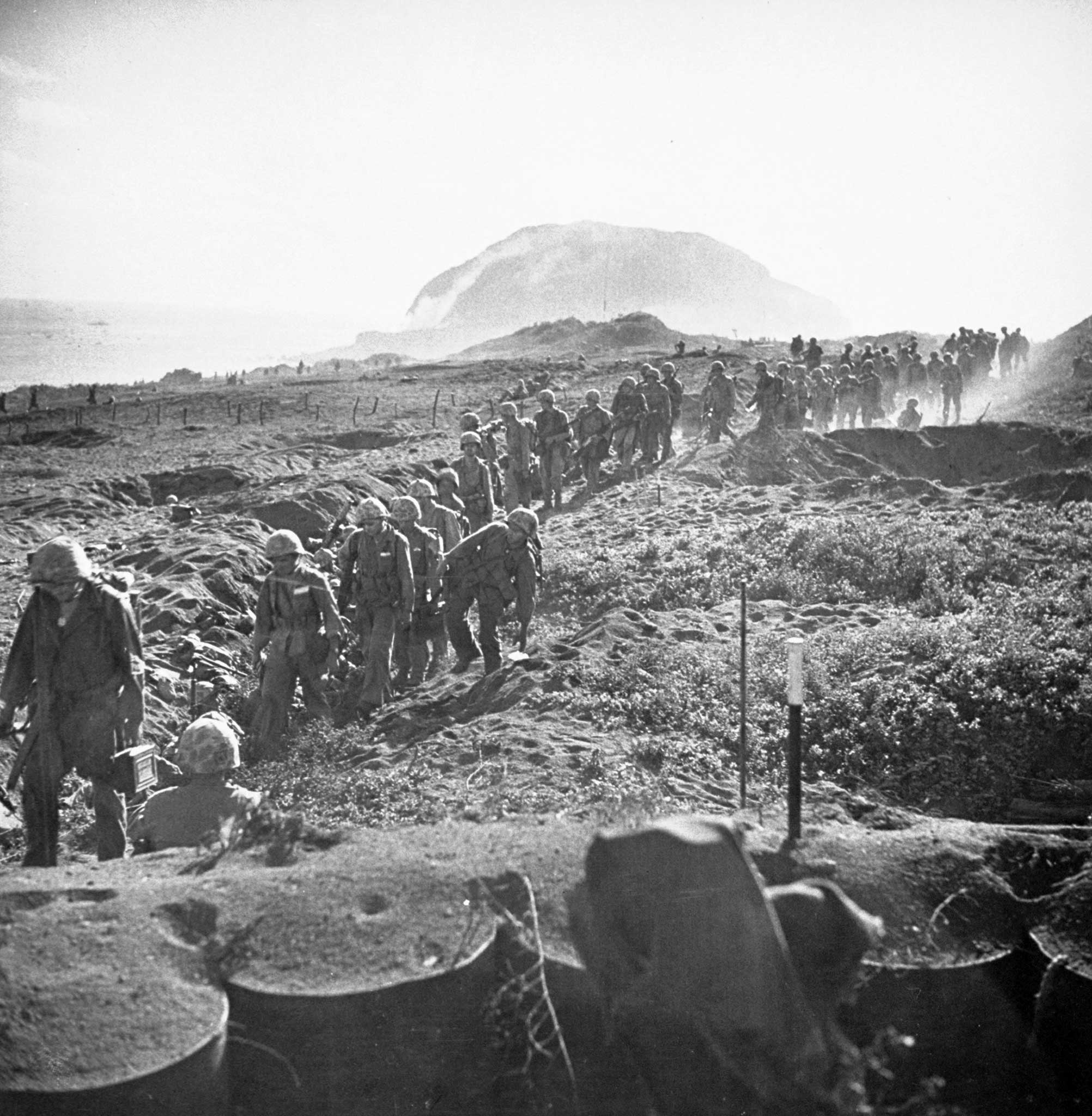
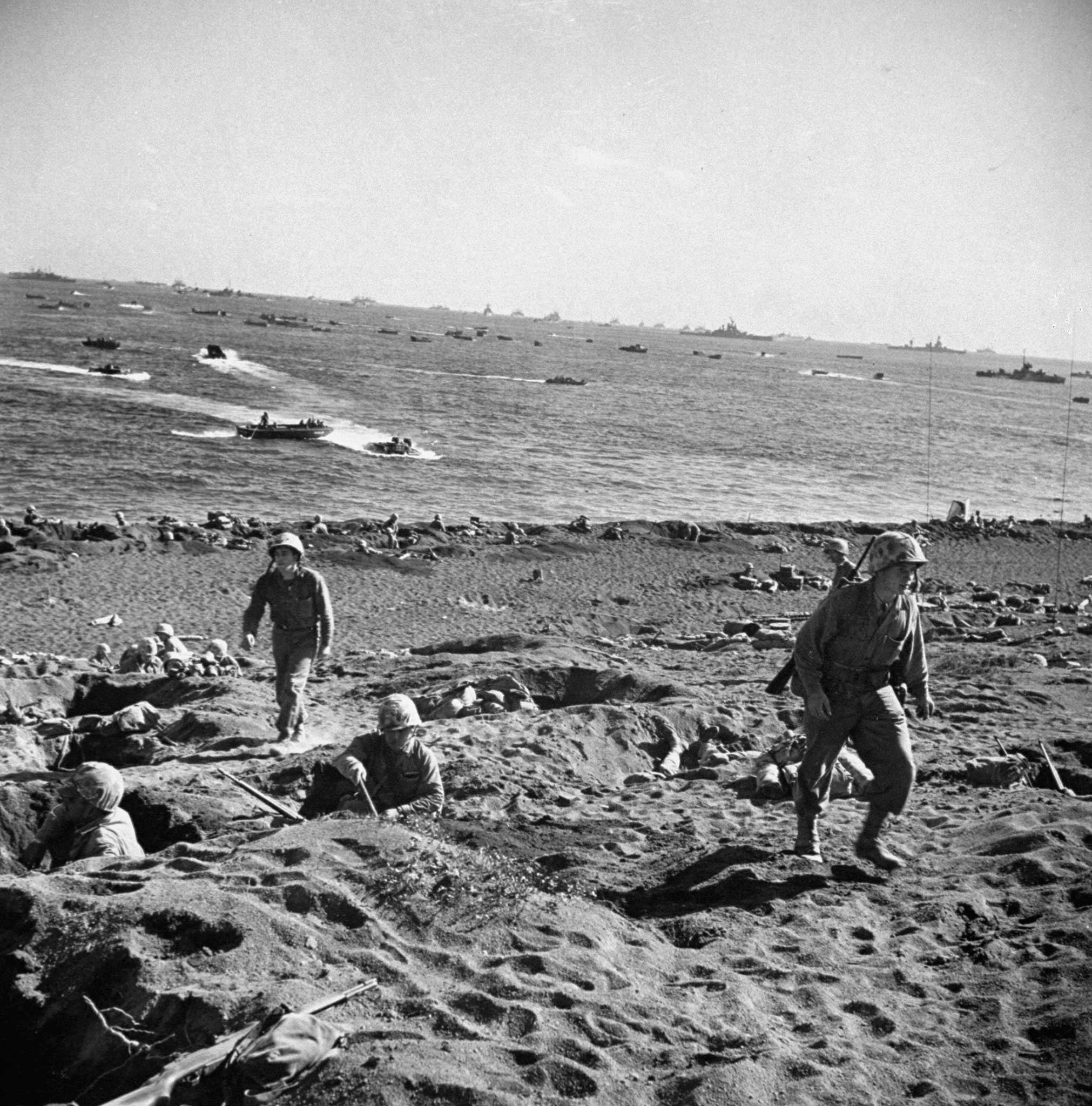

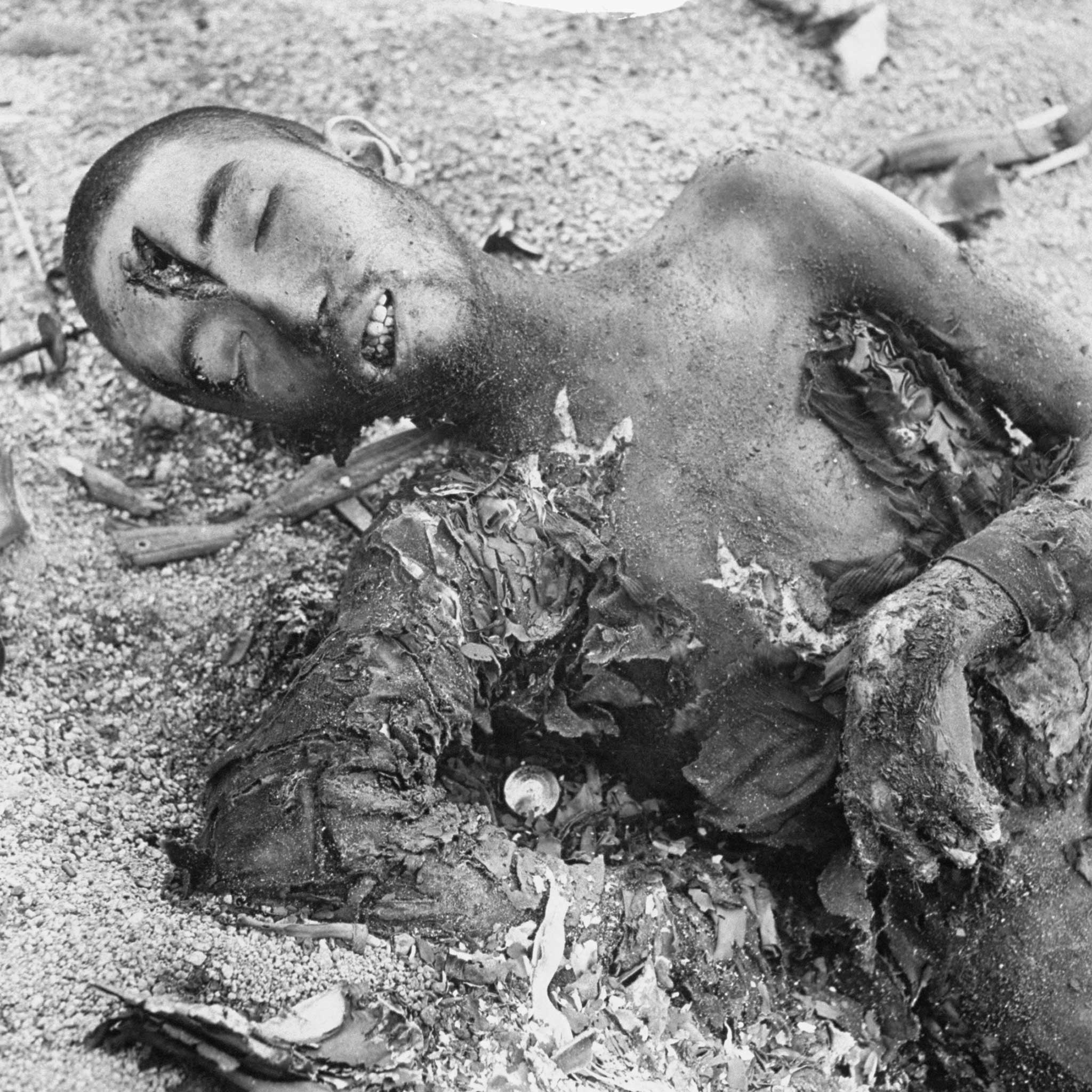
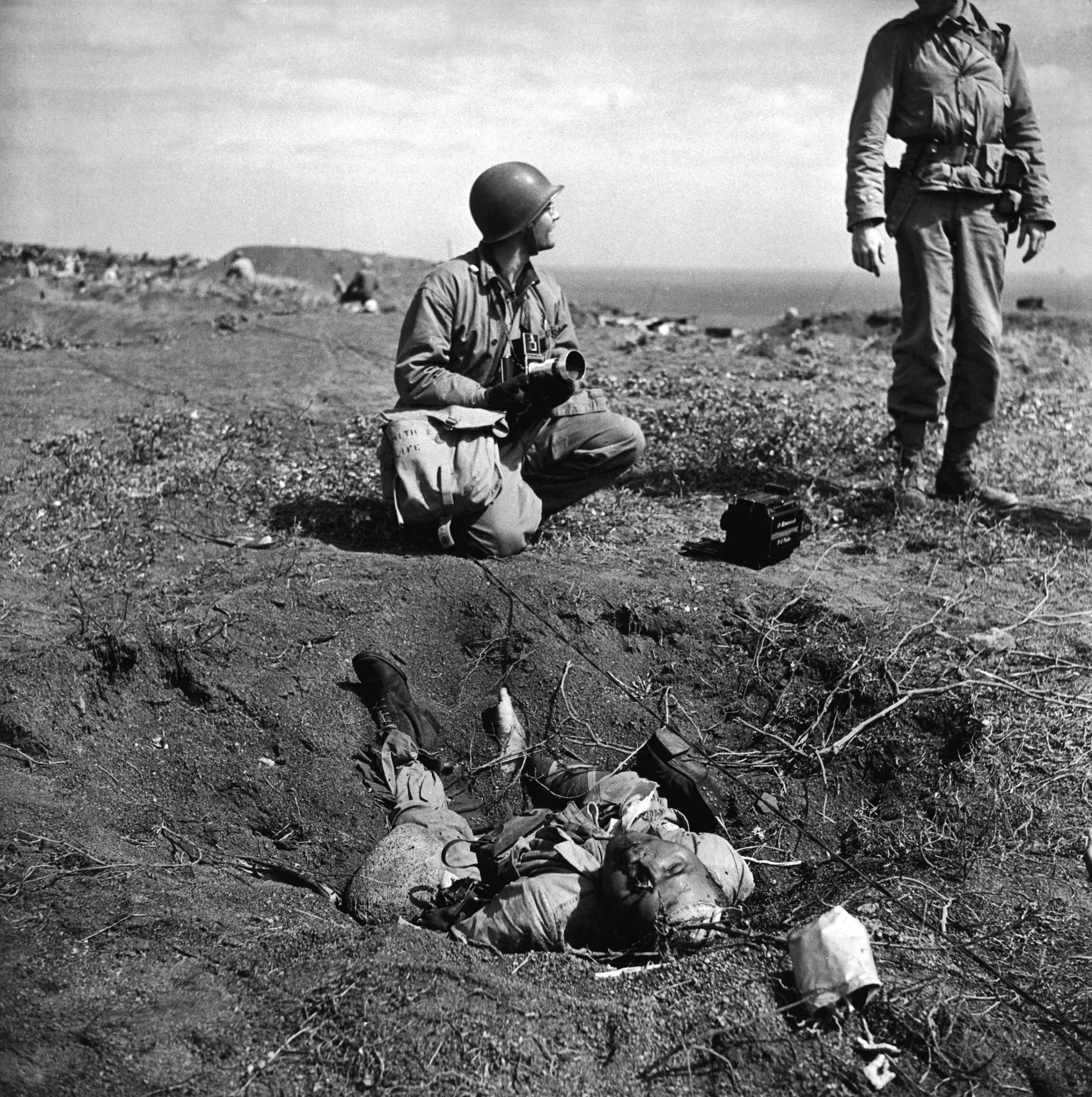
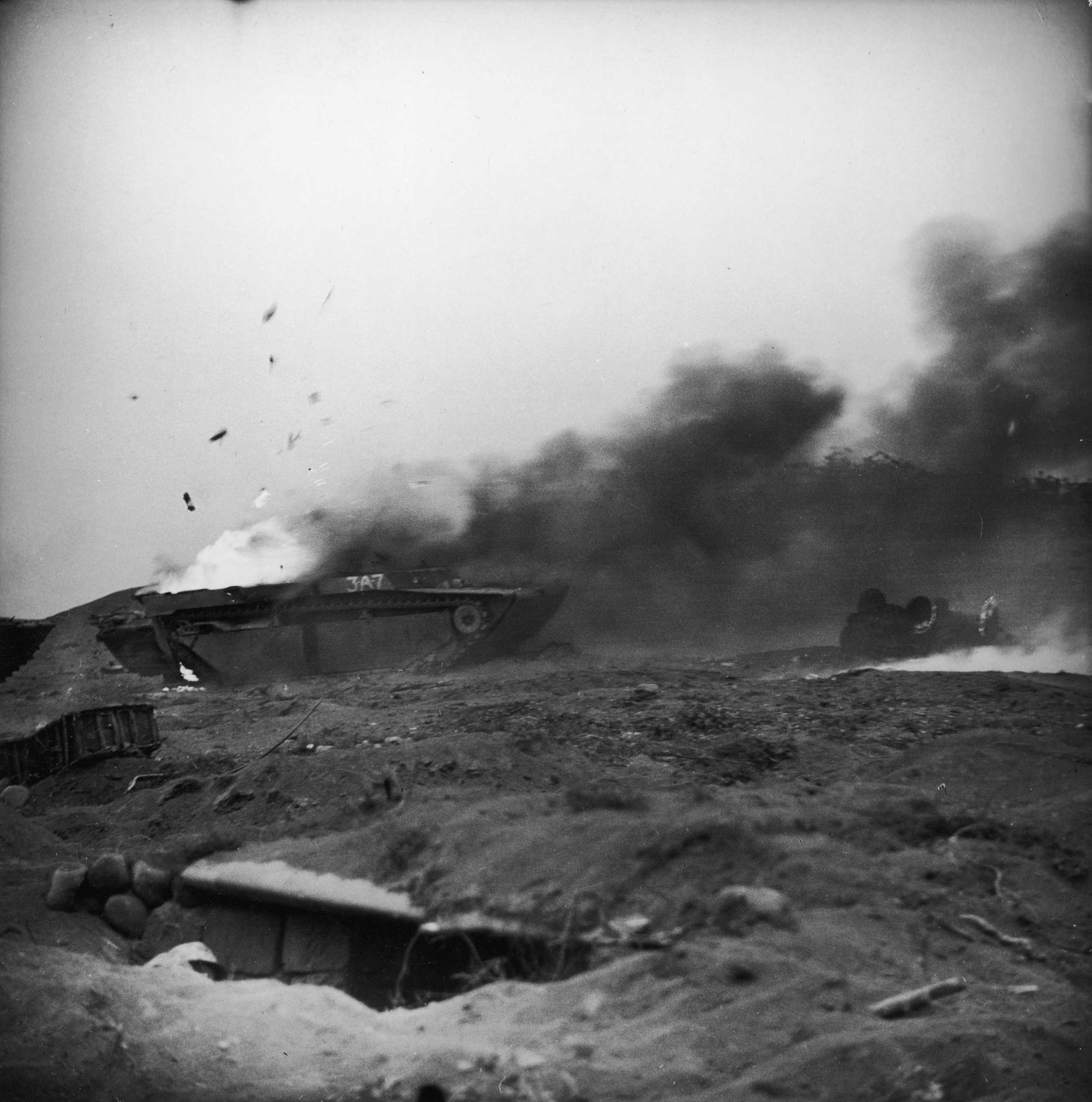
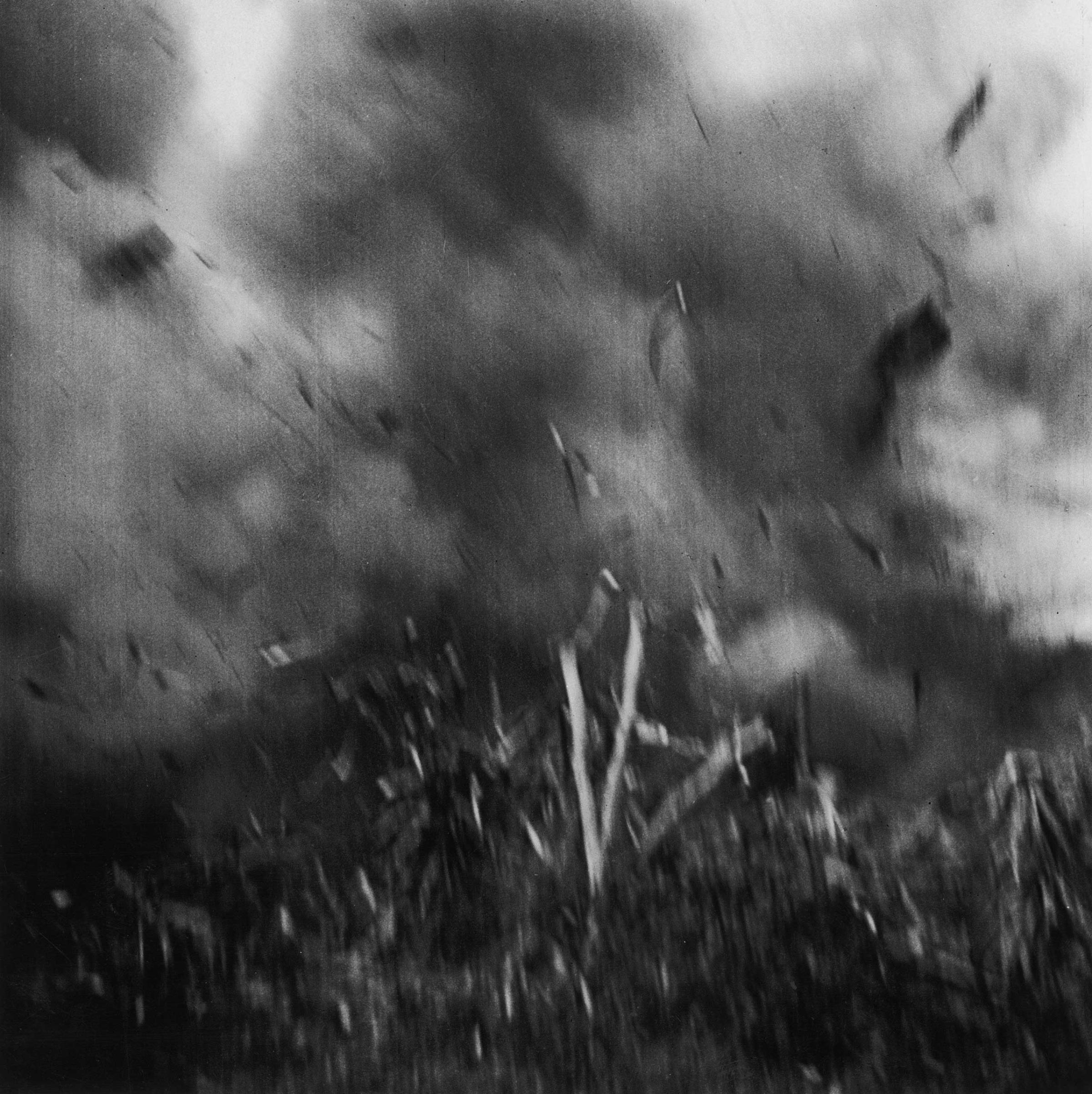
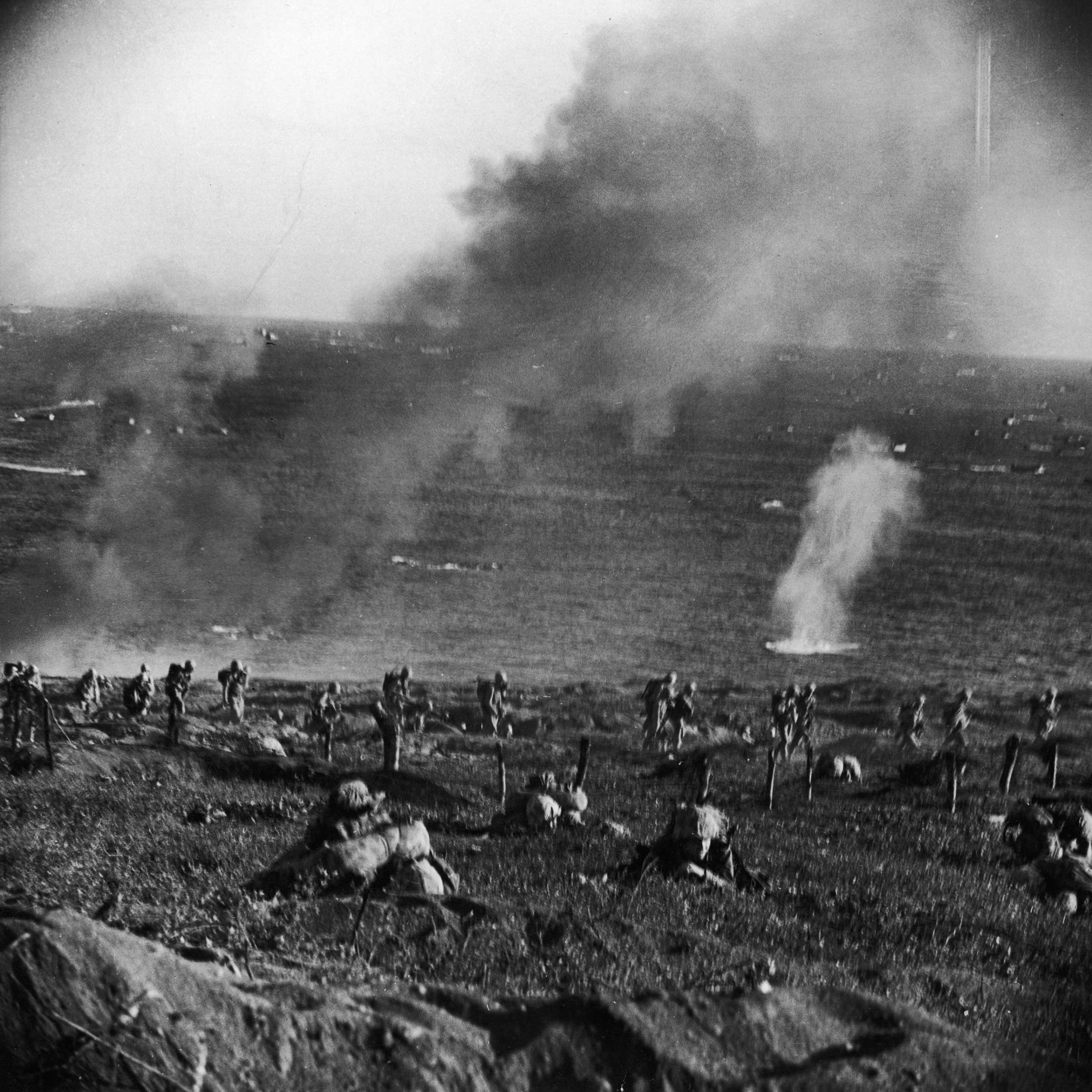

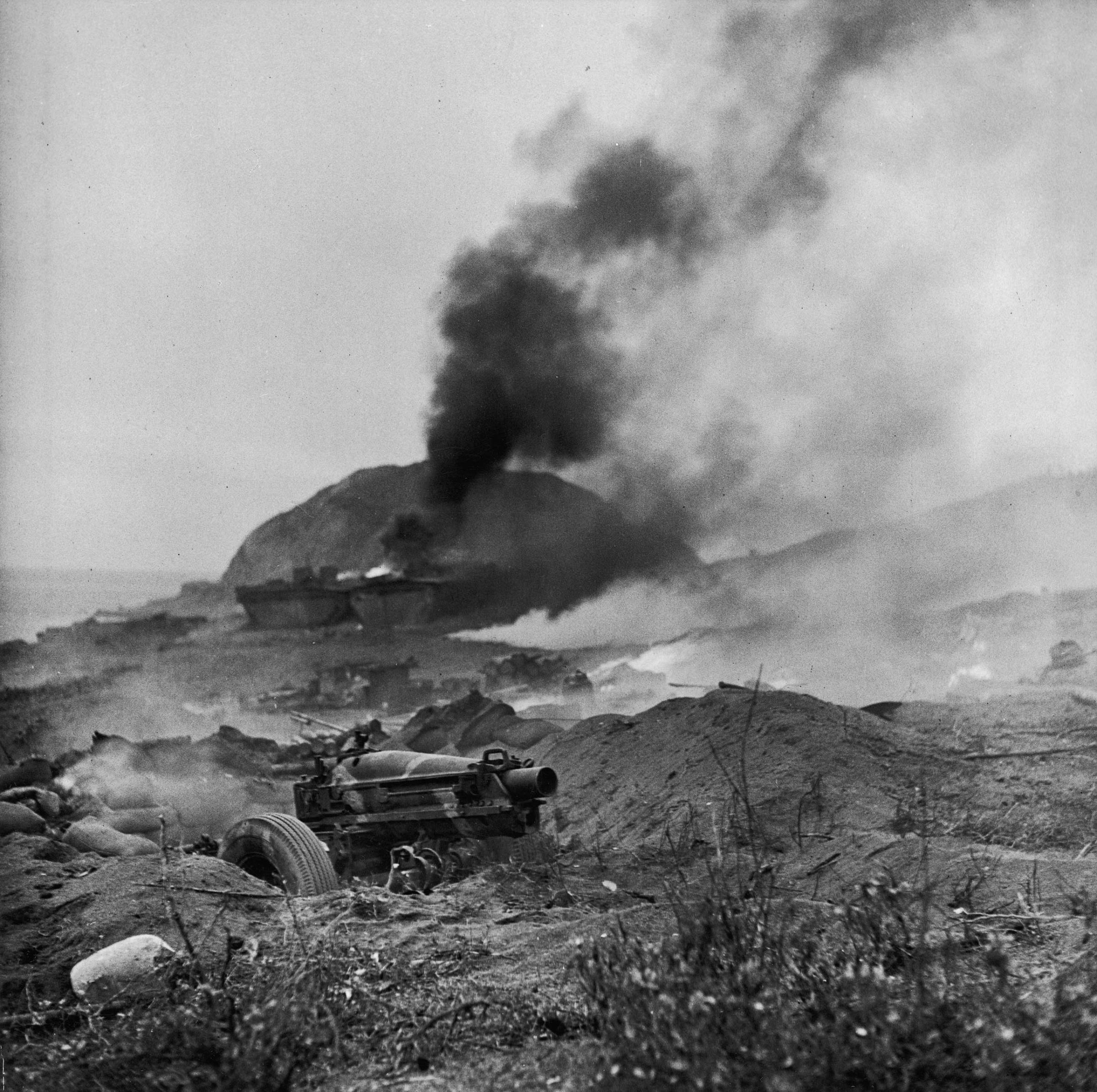

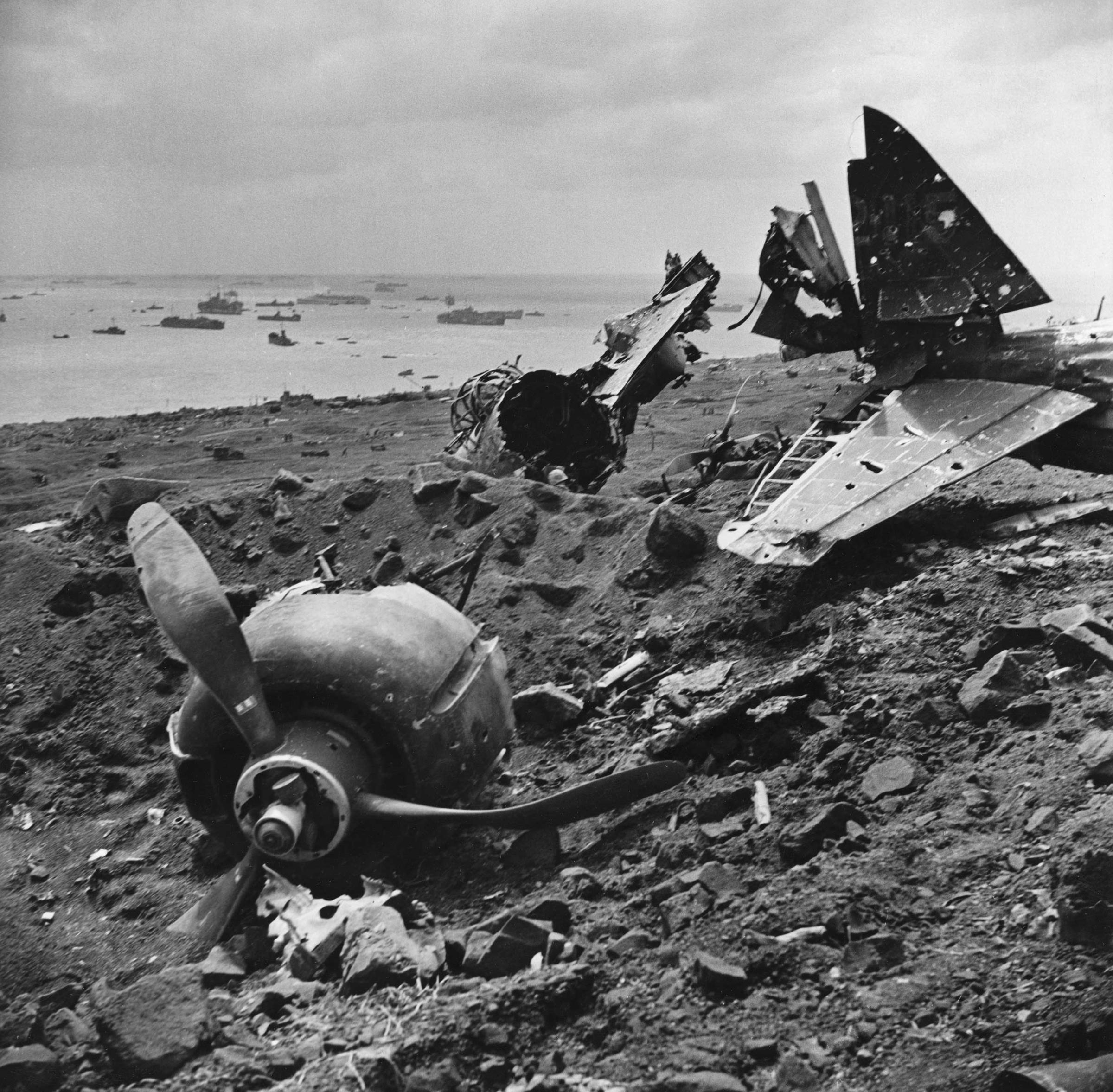
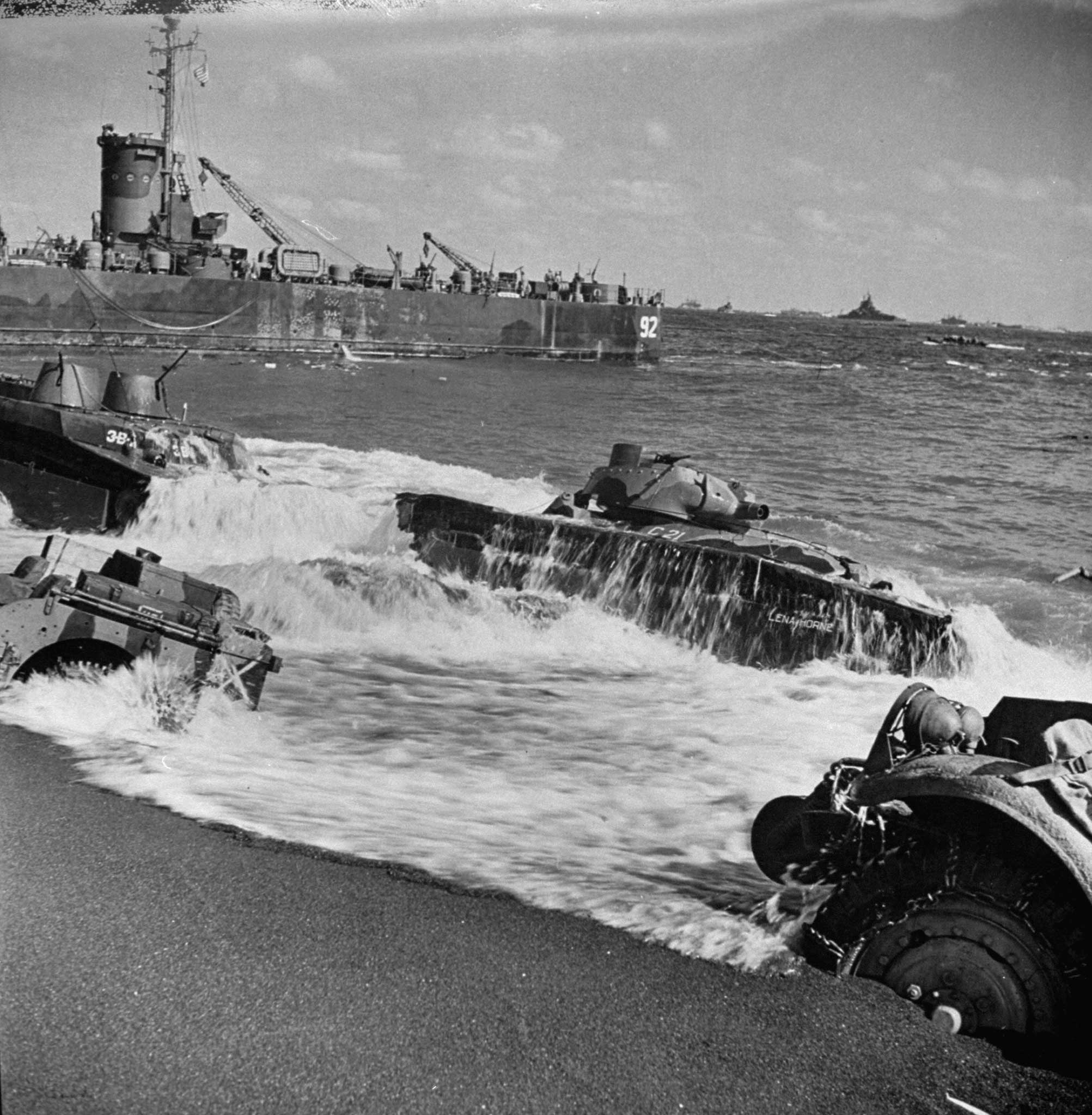
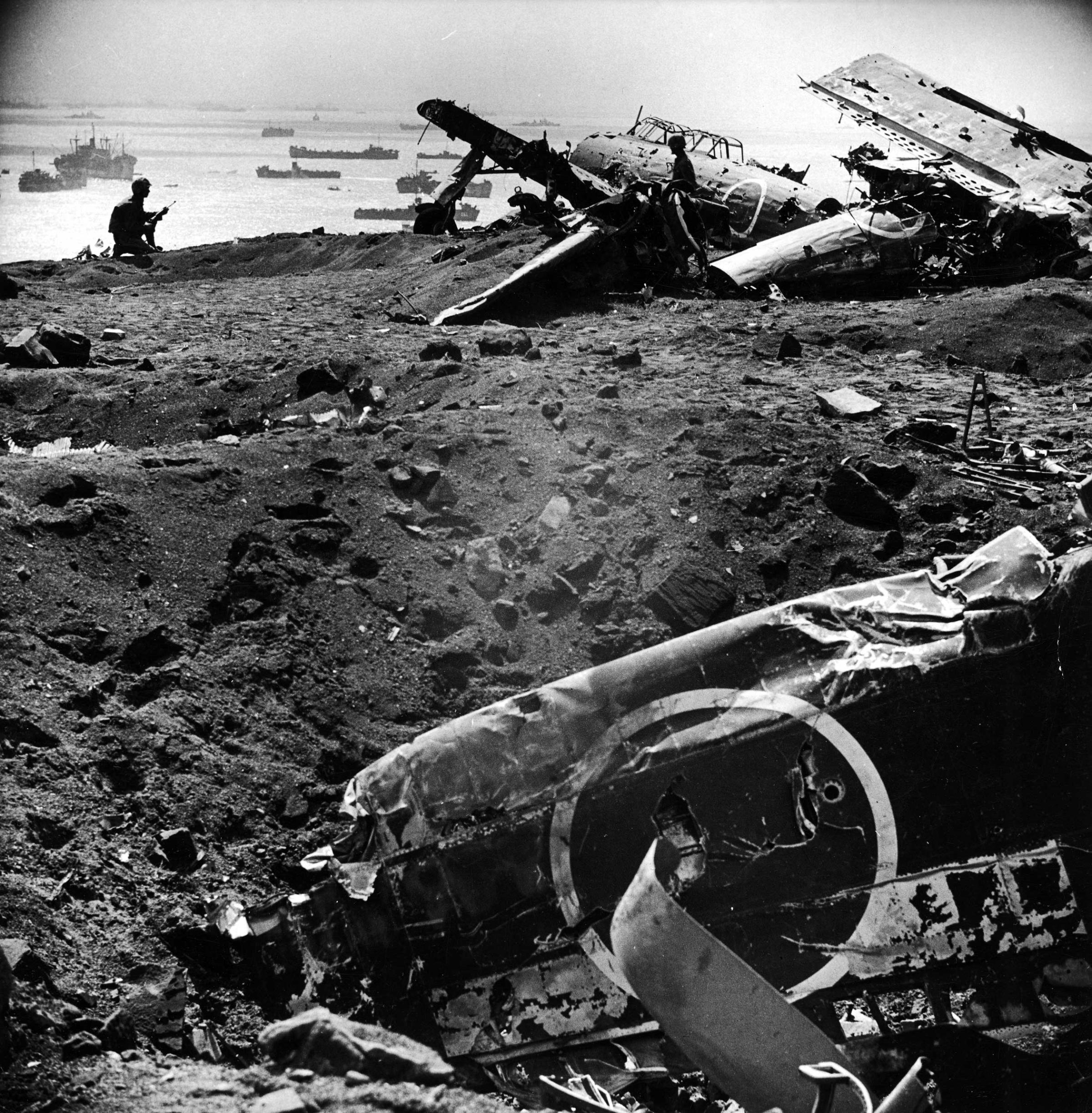
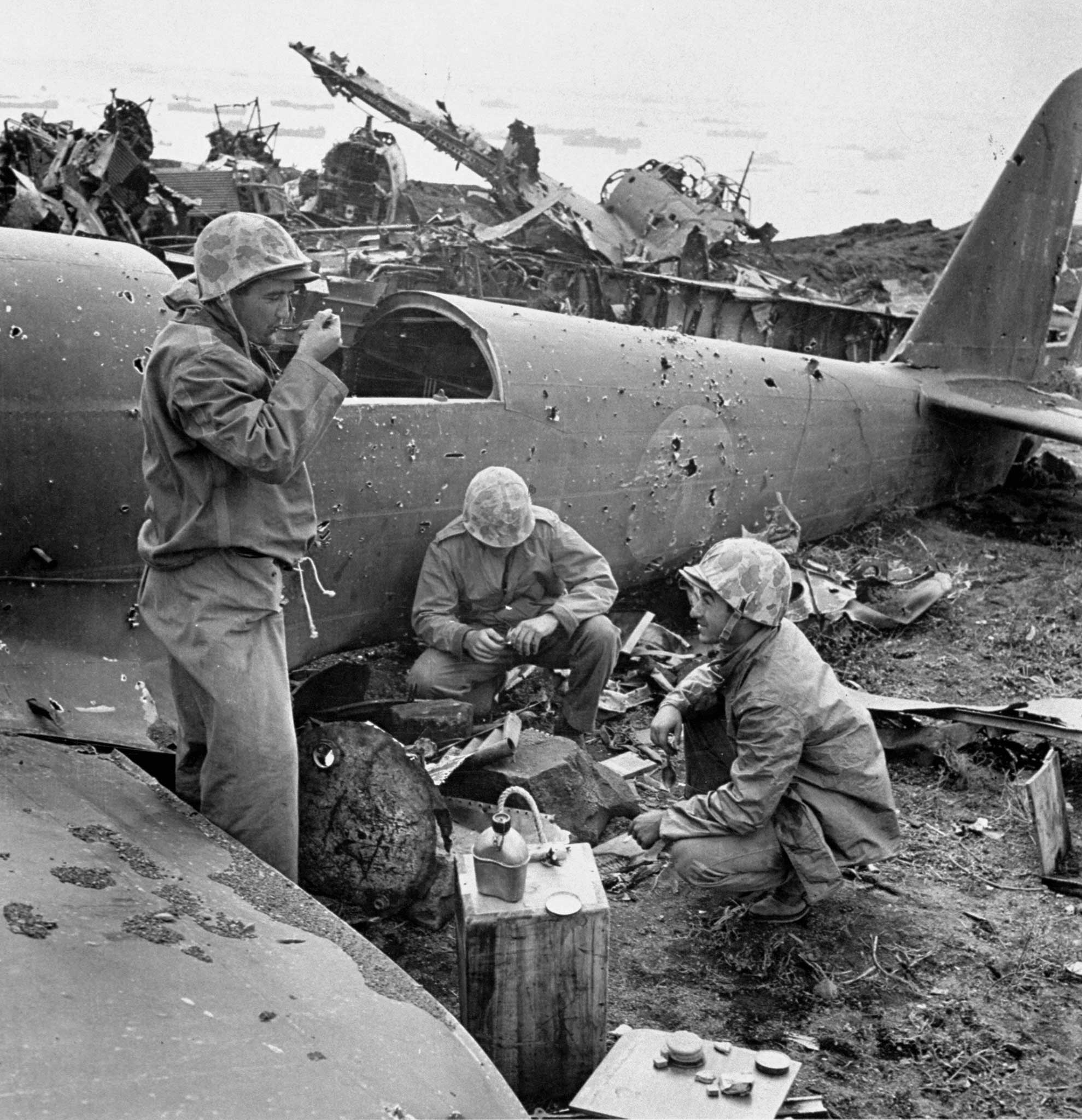

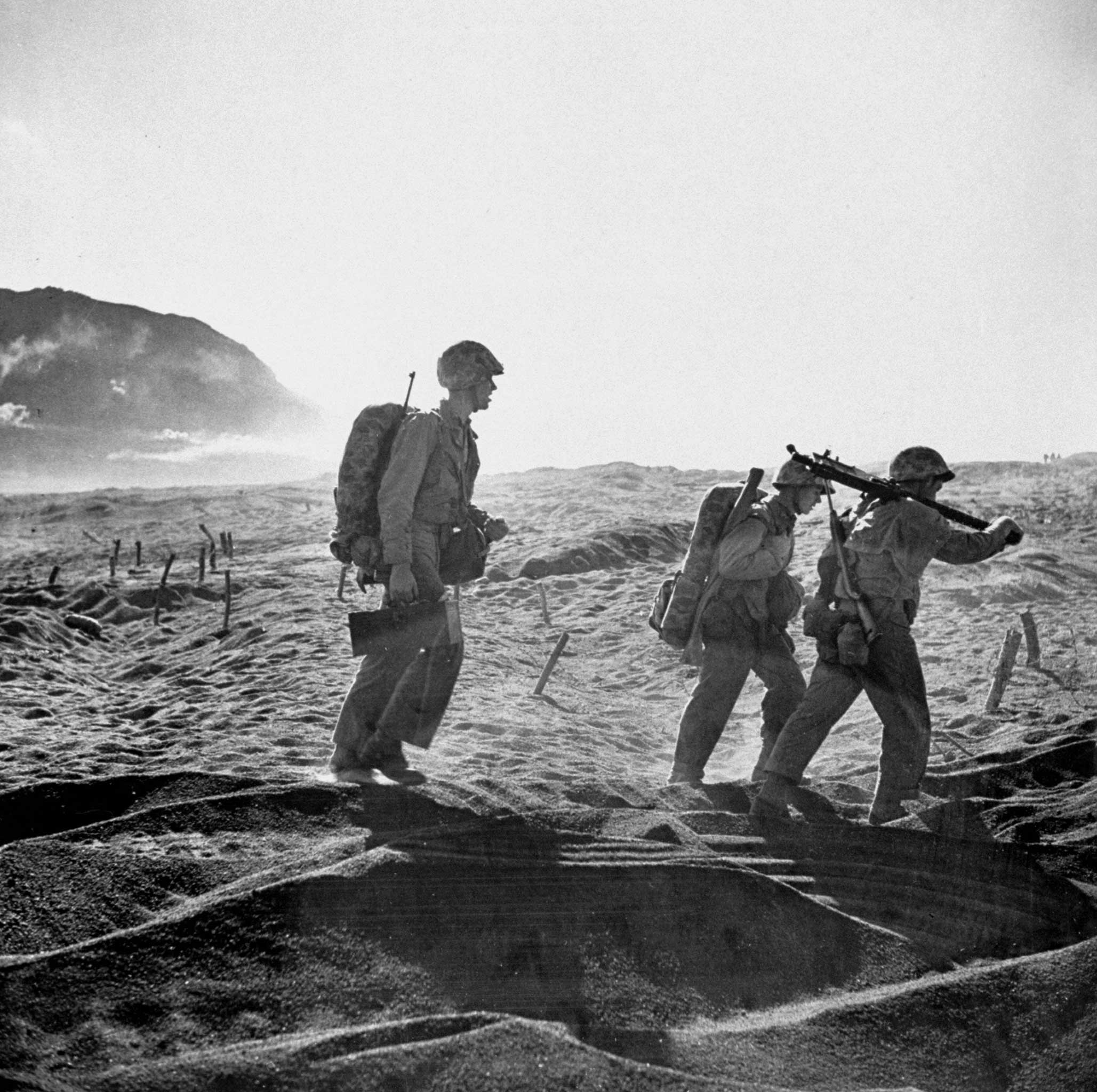
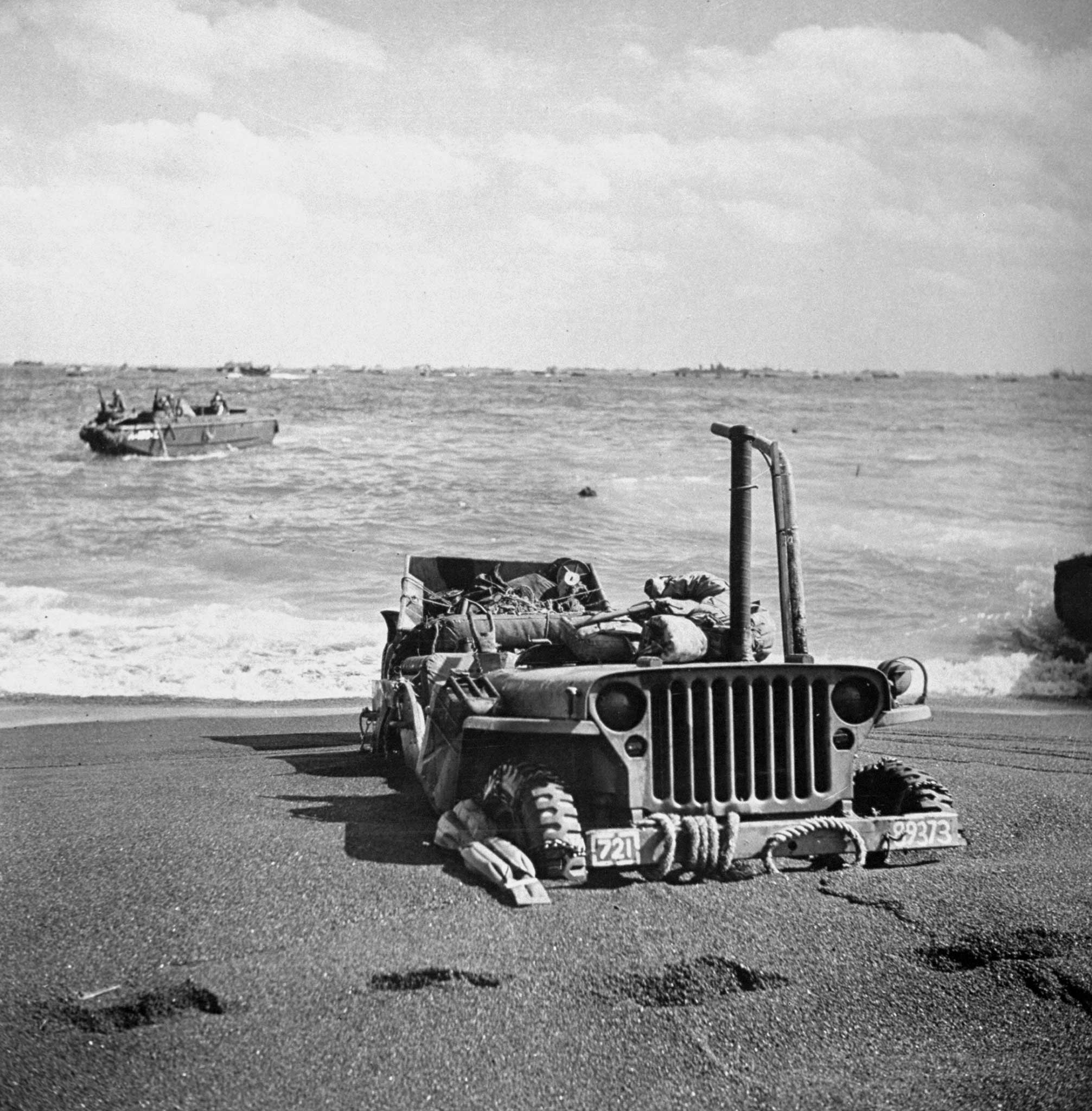

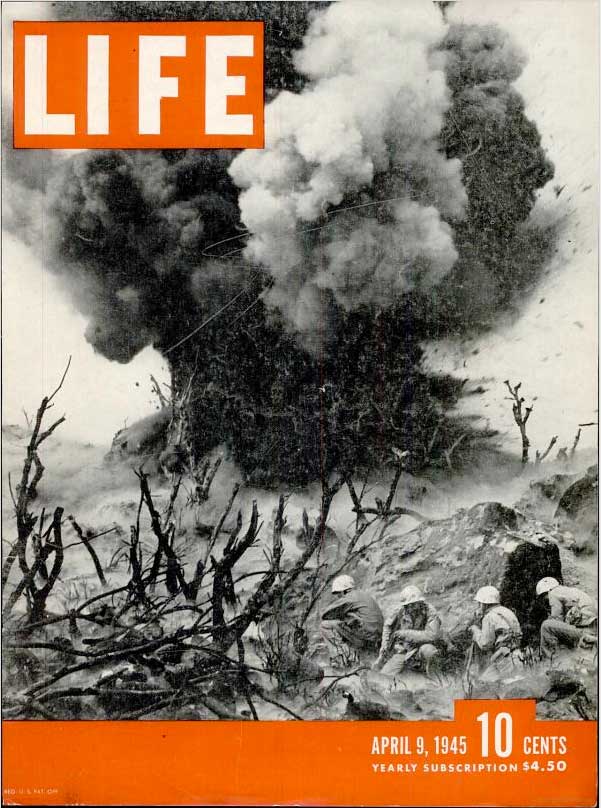
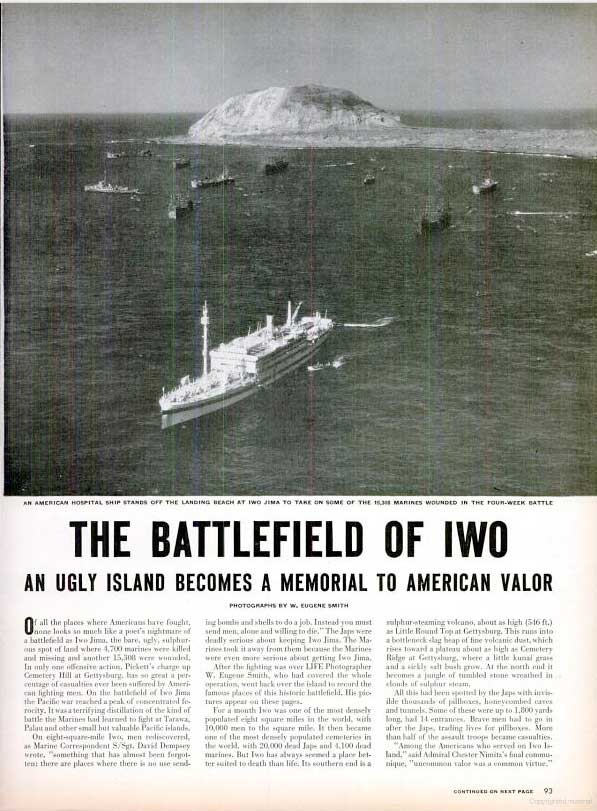
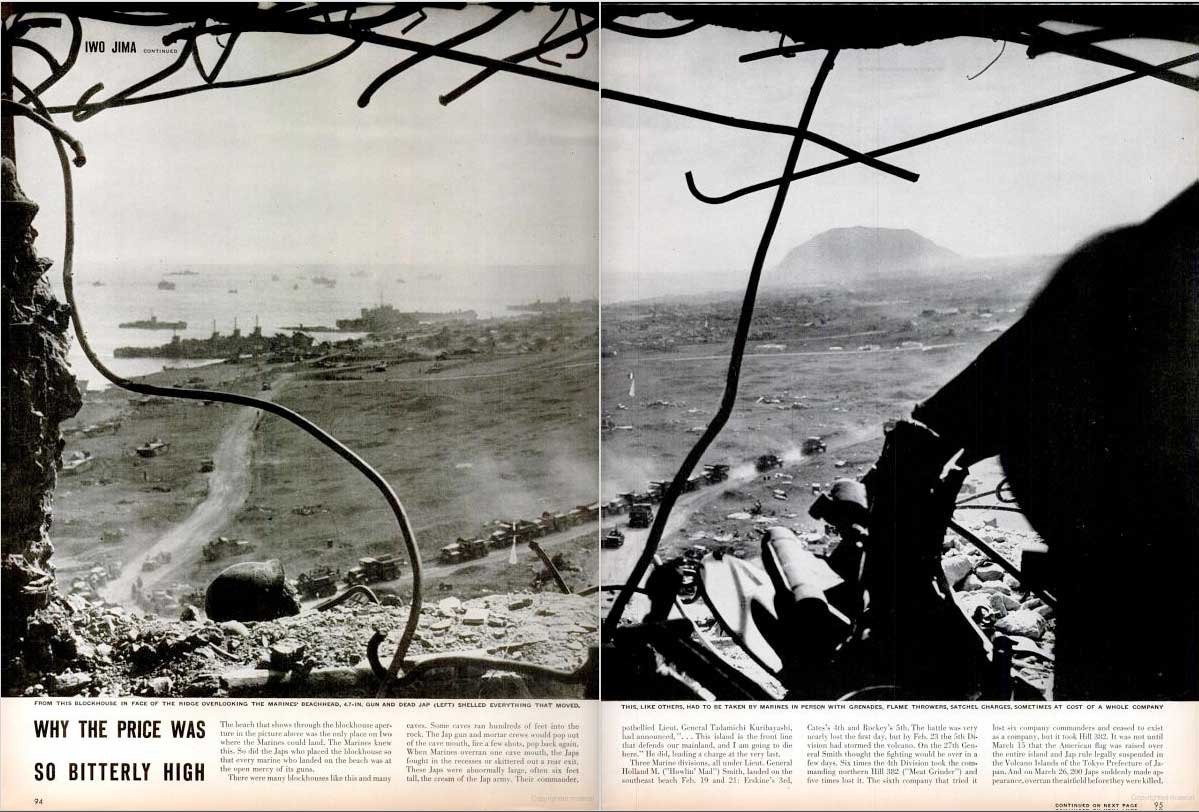
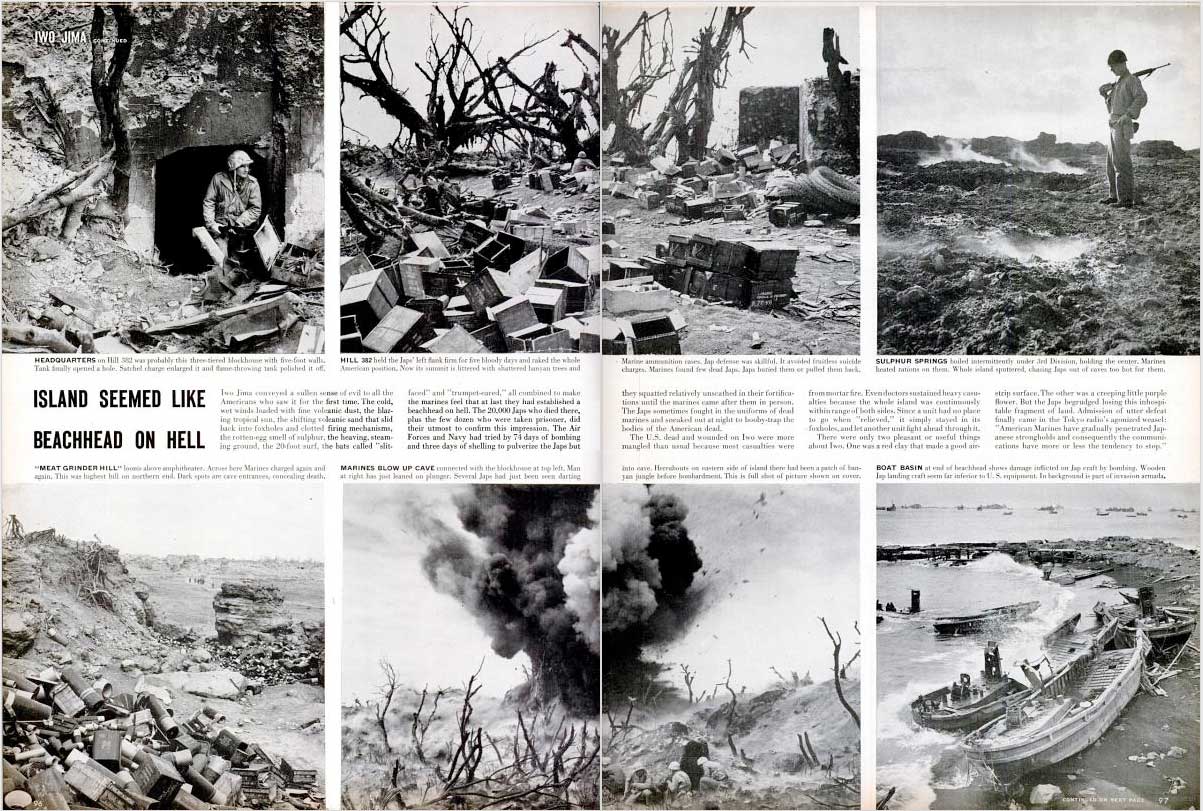
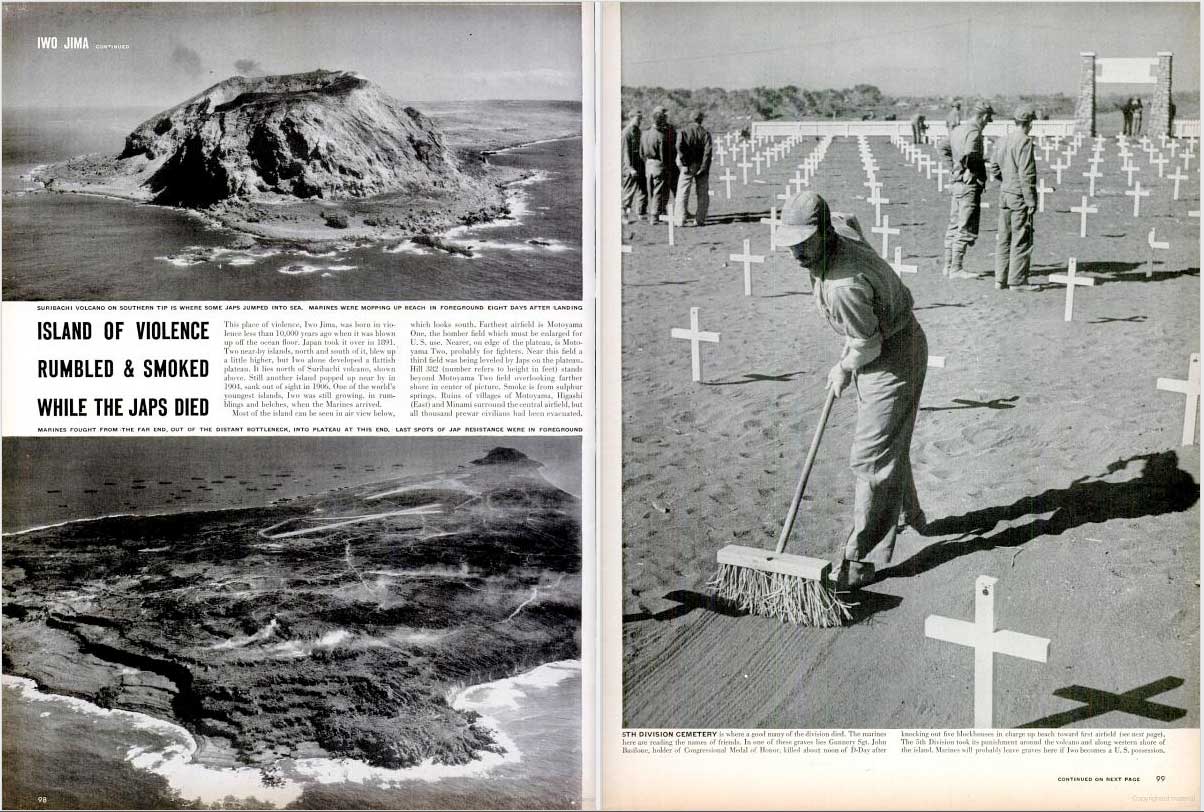
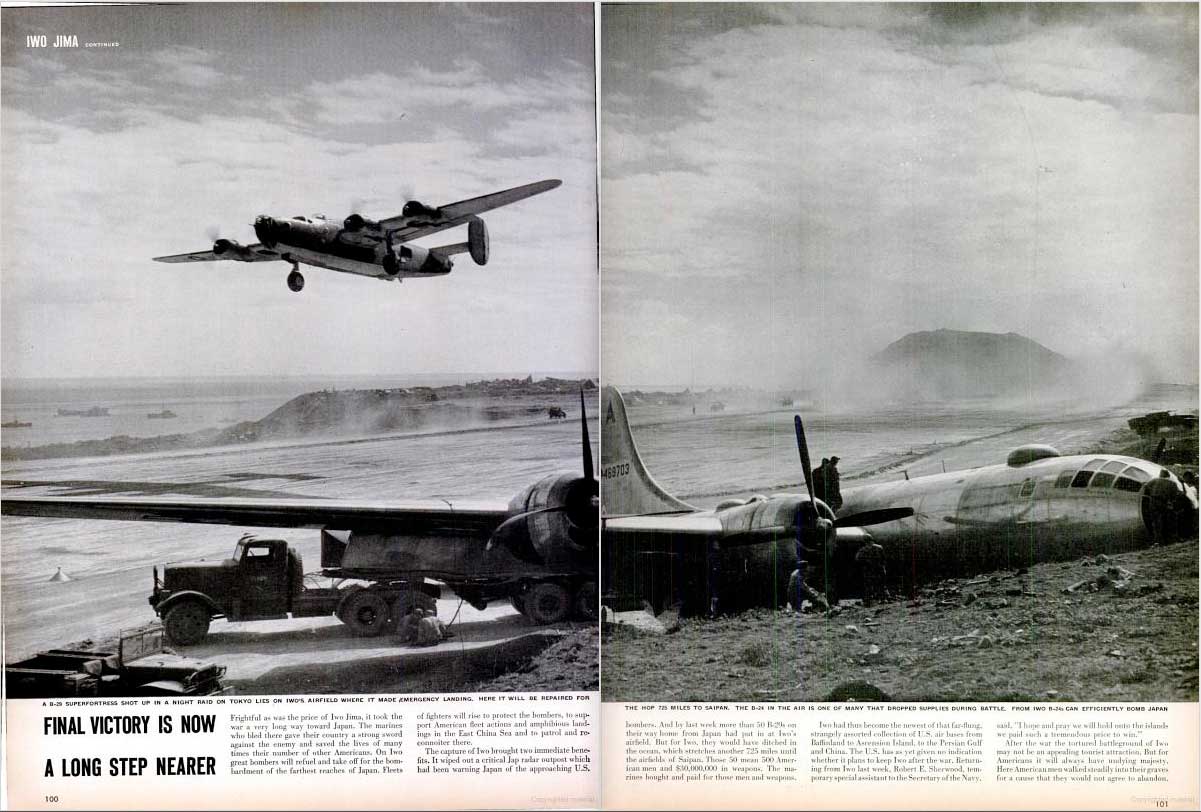
More Must-Reads From TIME
- Dua Lipa Manifested All of This
- Exclusive: Google Workers Revolt Over $1.2 Billion Contract With Israel
- Stop Looking for Your Forever Home
- The Sympathizer Counters 50 Years of Hollywood Vietnam War Narratives
- The Bliss of Seeing the Eclipse From Cleveland
- Hormonal Birth Control Doesn’t Deserve Its Bad Reputation
- The Best TV Shows to Watch on Peacock
- Want Weekly Recs on What to Watch, Read, and More? Sign Up for Worth Your Time
Contact us at letters@time.com